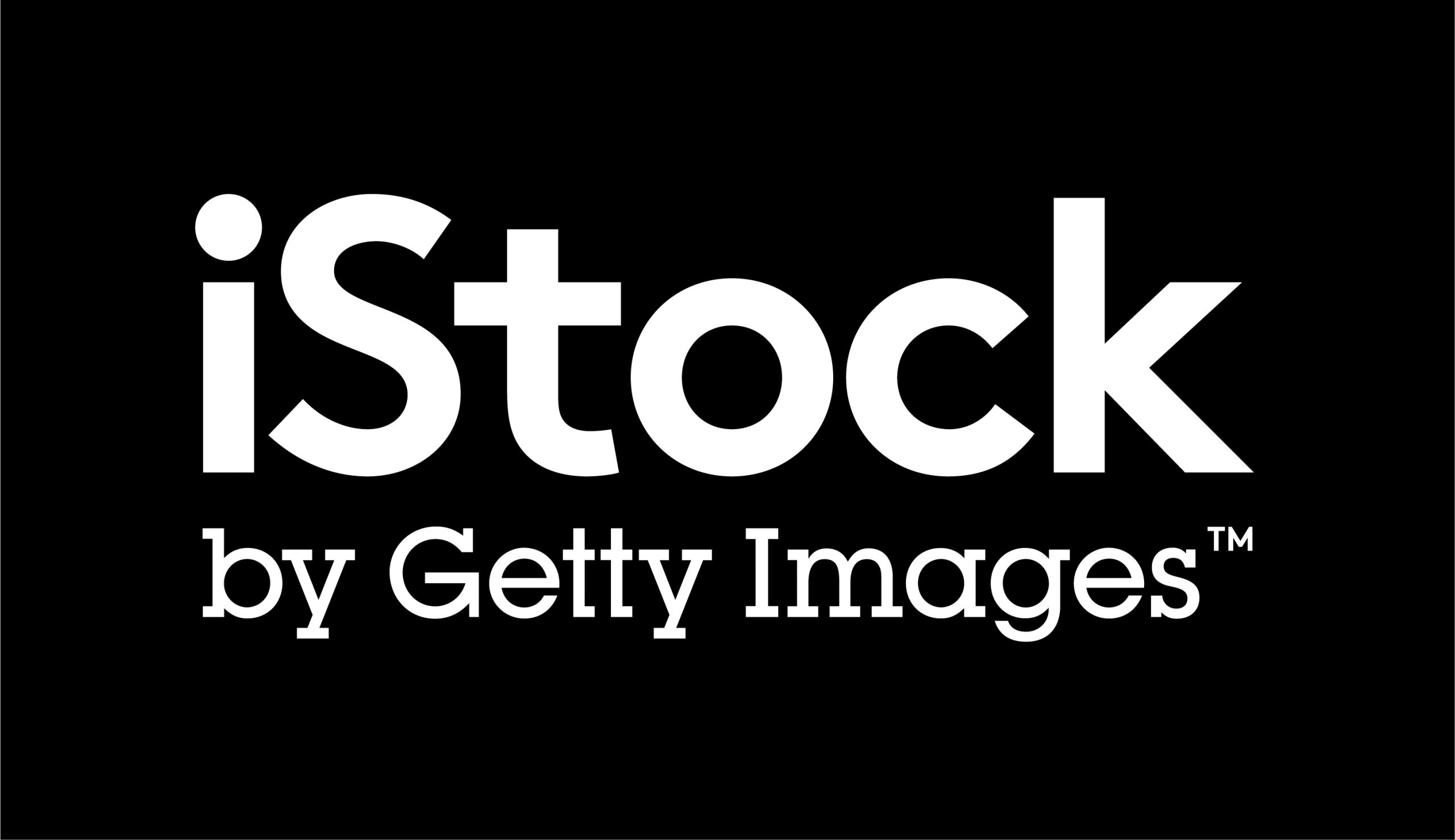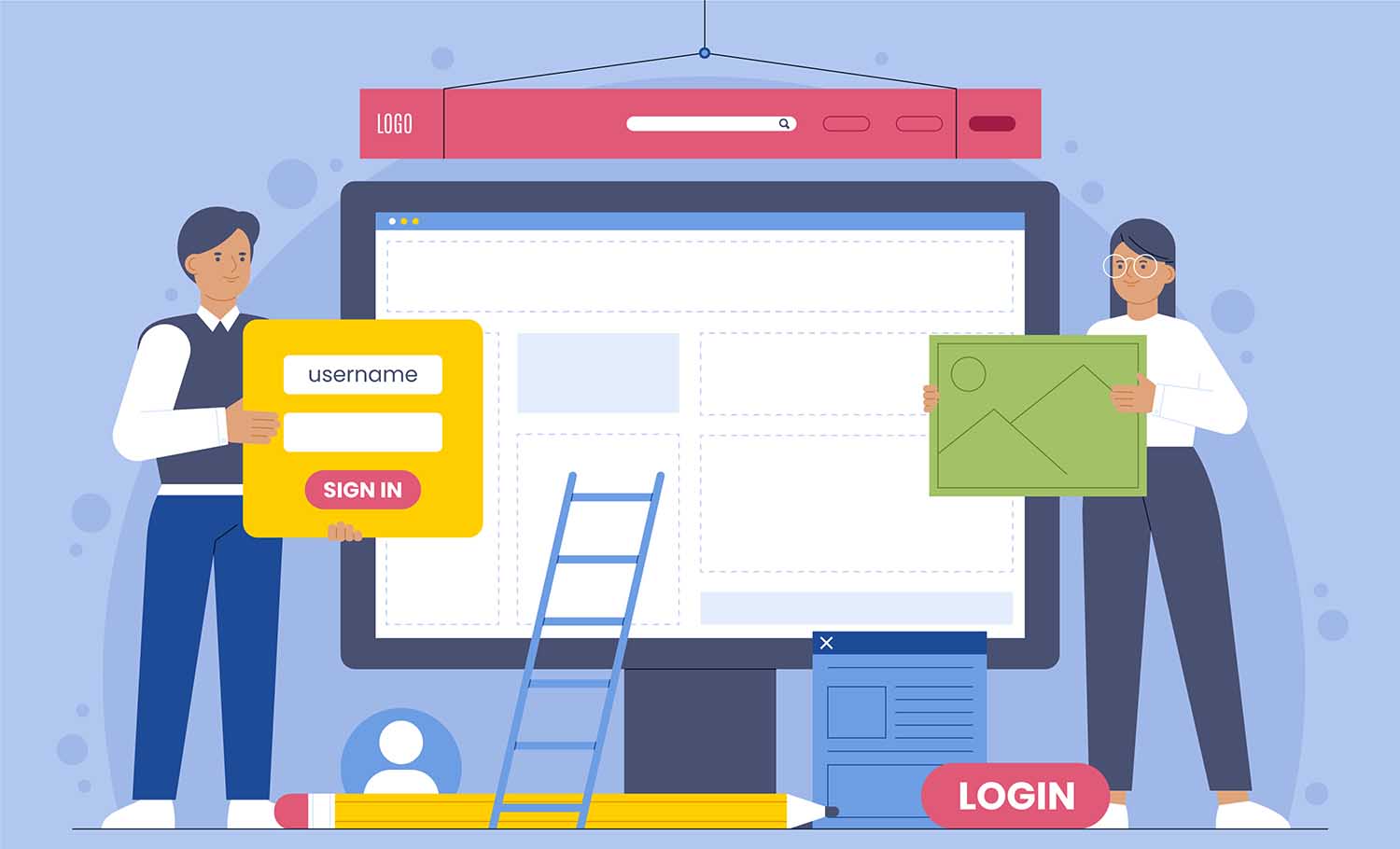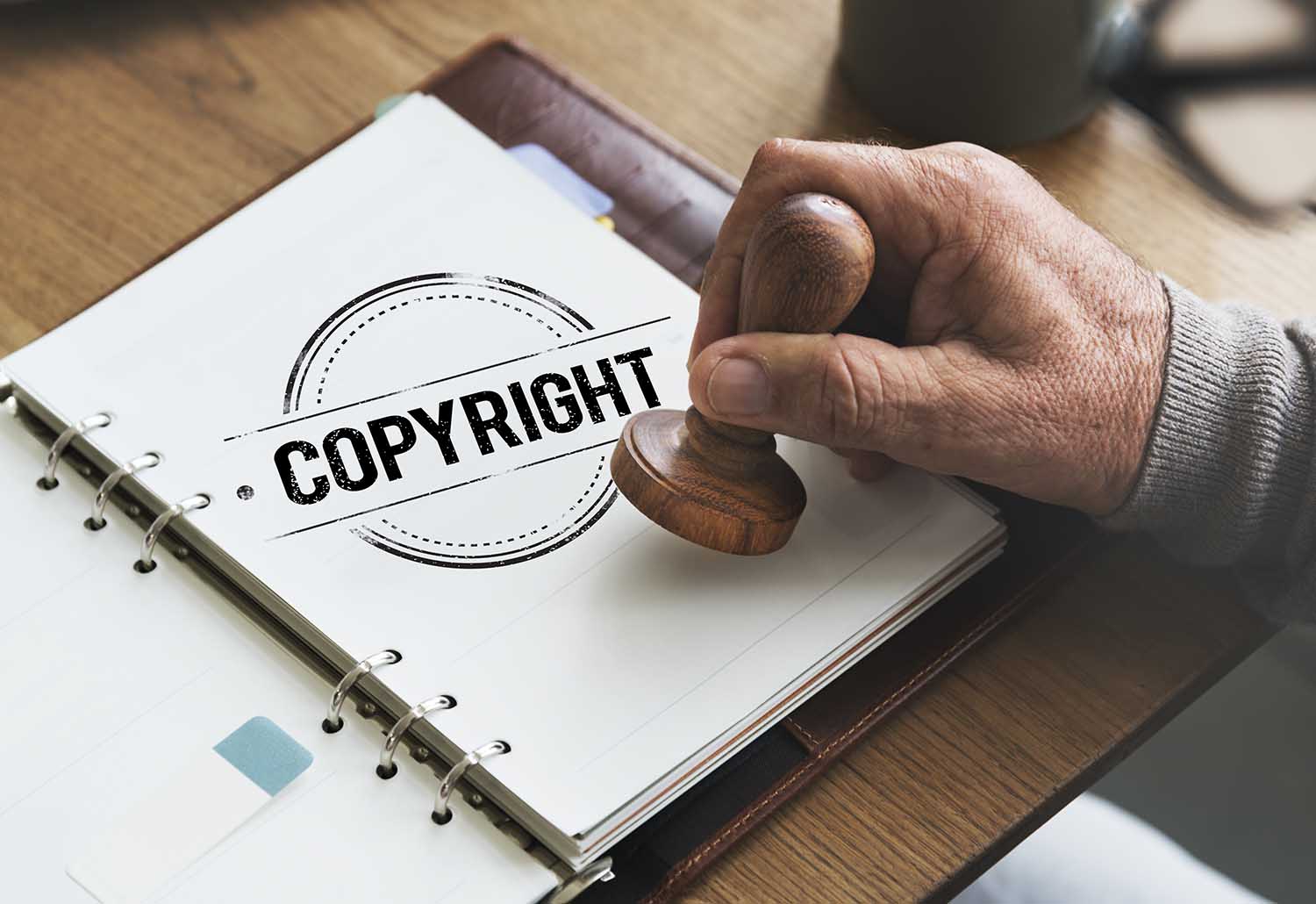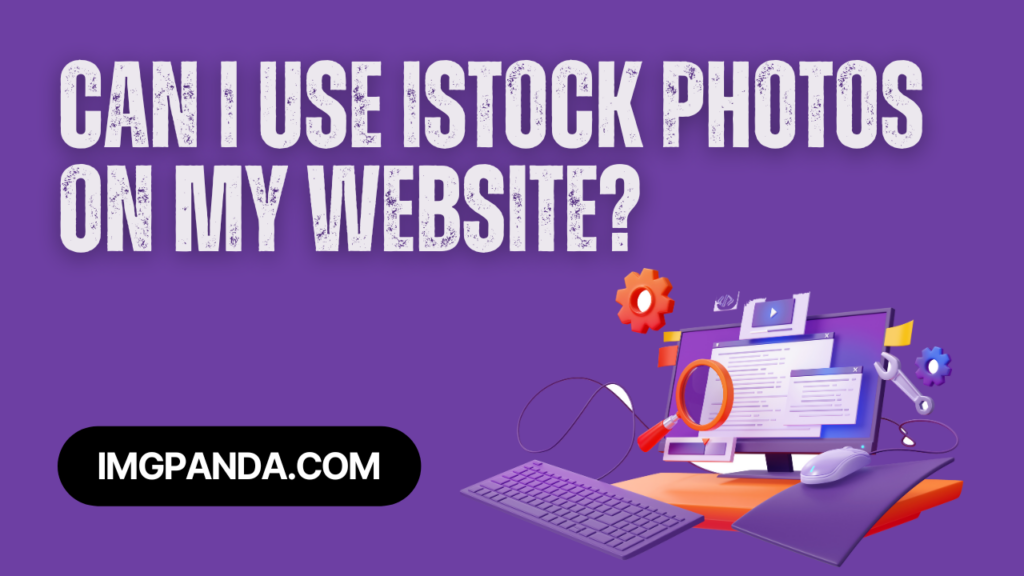Introduction
In the digital landscape, visual content plays a vital role in captivating website visitors and enhancing user experience. iStock, a popular stock media platform, offers a vast collection of high-quality photos that can elevate the visual appeal of your website. However, it's crucial to understand the usage rights and licensing requirements associated with using iStock photos on your website to ensure compliance with copyright laws.
This blog post aims to guide you through the process of using iStock photos on your website while navigating the usage rights effectively. By understanding the different licensing options and best practices, you can confidently incorporate iStock photos into your web design, ensuring both aesthetic appeal and legal compliance. Let's explore the intricacies of using iStock photos on your website and harness their potential to enhance your online presence.
Also Read This: Viewing project appreciation on Behance
Understanding iStock and its licenses
A. Overview of iStock and its offerings
iStock is a prominent stock media platform that provides a wide range of visual content, including high-quality photos, illustrations, vectors, videos, and more. It serves as a marketplace connecting content creators with businesses and individuals in need of visual assets for various purposes, including web design.
B. Different license options available for web usage
iStock offers different license options to accommodate various web usage needs. When using iStock photos on your website, it's important to understand the following license options:
1. Standard Royalty-Free License:
The Standard Royalty-Free License is the most common option for web usage. It grants you the right to use iStock photos on your website without incurring additional fees for each use. However, there may be certain restrictions on the number of times the photo can be used or the size of the audience that can view it.
2. Extended License:
The Extended License offers more extensive usage rights beyond the scope of the Standard Royalty-Free License. With an Extended License, you can use iStock photos in ways not permitted by the standard license, such as in templates or resale products. This option is suitable if you require broader usage rights for your web content.
Understanding the different license options provided by iStock is essential in determining the appropriate usage rights and restrictions for incorporating their photos into your website. By selecting the right license for your specific needs, you can use iStock photos legally and effectively enhance your web design.
[caption id="attachment_185597" align="alignnone" width="2560"] Understanding iStock and its licenses[/caption]
Understanding iStock and its licenses[/caption]
Also Read This: Resolving Application Block Issues with Fortiguard Downloader
Royalty-Free License for web usage
A. Definition and features of Royalty-Free License
The Royalty-Free License provided by iStock allows you to use their photos on your website without having to pay royalties for each use. It offers convenience and flexibility, as it grants non-exclusive rights to use the licensed photos in multiple web projects.
B. Permitted usage and restrictions for website content
Under the Royalty-Free License, you are permitted to use iStock photos on your website in various ways, including as website backgrounds, banners, blog post images, or product visuals. However, there are certain restrictions to consider, such as limitations on the number of website views, impressions, or the use of photos in sensitive subjects or contexts. It's important to review the license terms associated with each specific photo to ensure compliance with the usage restrictions.
C. Factors to consider when selecting and using Royalty-Free photos
1. Image relevance and suitability:
When choosing Royalty-Free photos for your website, consider their relevance and suitability to your content and brand. Select photos that align with your website's theme, style, and target audience.
2. Image resolution and quality:
Ensure that the chosen Royalty-Free photos have a resolution and quality suitable for web display. High-resolution photos will enhance the visual appeal and professionalism of your website.
3. License terms and restrictions:
Before using a Royalty-Free photo, carefully review the license terms and restrictions associated with it. Understand any limitations on the number of views or impressions allowed, as well as any prohibited uses specified in the license agreement.
4. Compliance with attribution requirements:
In most cases, Royalty-Free licenses do not require attribution. However, it's good practice to provide proper attribution or credit to the photographer whenever possible. Review the license terms to determine if attribution is necessary.
By considering these factors, you can select and use Royalty-Free iStock photos on your website effectively, while adhering to the license terms and restrictions. Remember to respect the intellectual property rights of the photographers and comply with the licensing requirements to avoid any copyright infringement issues.
[caption id="attachment_185598" align="alignnone" width="1500"] Royalty-Free License for web usage[/caption]
Royalty-Free License for web usage[/caption]
Also Read This: Organize Your Recipes with Canva Recipe Template
Extended License for web usage
A. Definition and features of Extended License
The Extended License offered by iStock provides more extensive usage rights for their photos, surpassing the permissions granted under the Royalty-Free License. It allows you to use iStock photos in ways that go beyond the standard license, making it suitable for specific web usage needs.
B. Expanded usage rights and restrictions for website content
With the Extended License, you have broader permissions to use iStock photos in your website content. This can include using the photos in templates for resale, incorporating them in merchandise for sale, or utilizing them in web advertisements. However, it's crucial to review the specific license terms associated with each photo to understand any limitations or restrictions that may still apply.
C. Instances when an Extended License is recommended for web usage
Consider opting for an Extended License when your web usage requirements exceed the permissions granted by the Royalty-Free License. Some situations that may warrant an Extended License include:
1. Use in templates or themes:
If you plan to create and sell website templates or themes that include iStock photos as part of the design, an Extended License is necessary to ensure compliance and legality.
2. Commercial web products:
If you intend to incorporate iStock photos into products for sale on your website, such as merchandise or downloadable digital products, an Extended License is typically required.
3. Promotional materials:
If you are using iStock photos in web advertisements, banners, or promotional materials with a commercial intent, it is advisable to obtain an Extended License to avoid any copyright issues.
When considering an Extended License, carefully evaluate your specific web usage requirements and determine if the additional permissions provided are necessary for your project. Remember to abide by the license restrictions and guidelines to ensure a compliant and lawful use of iStock photos on your website.
[caption id="attachment_185599" align="alignnone" width="1500"] Extended License for web usage[/caption]
Extended License for web usage[/caption]
Also Read This: VectorStock as a Designer's Secret Weapon for Unleashing Creativity
Properly using iStock photos on your website
A. Complying with license terms and restrictions
- Review license terms: Carefully read and understand the license terms associated with each iStock photo you intend to use on your website. Ensure that your usage aligns with the permitted terms and any specified restrictions.
- Keep track of usage limits: Take note of any limitations on the number of website views, impressions, or reproductions allowed for each photo. Monitor and manage your usage to stay within the agreed-upon limits.
- Renew licenses if needed: If you plan to continue using iStock photos on your website beyond the initial license period, ensure that you renew your licenses accordingly to maintain proper usage rights.
B. Optimizing photos for web display and performance
- Resize and compress images: Optimize the size and resolution of iStock photos to ensure fast loading times and optimal performance on your website. Use image compression techniques to maintain quality while reducing file size.
- Responsive design considerations: Adapt iStock photos to fit different screen sizes and devices, ensuring a seamless user experience across various platforms.
- Customize visuals: If appropriate for your website's design, consider modifying iStock photos to match your branding or to create a more cohesive visual experience for visitors.
C. Providing proper attribution when required
- Check attribution requirements: While most iStock photos under the Royalty-Free License do not require attribution, it's essential to review the specific license terms for each photo. If attribution is necessary, ensure you provide proper credit to the photographer as specified in the license agreement.
- Display attribution prominently: If you are required to provide attribution, place it visibly near the iStock photo or include it in your website's footer or credits section. Clearly state the photographer's name and any other required information.
By following these guidelines, you can ensure that you use iStock photos on your website responsibly and in compliance with the licensing terms. Adhering to license restrictions, optimizing images for web performance, and providing attribution when necessary will contribute to a legally sound and visually appealing website experience for your visitors.
[caption id="attachment_185600" align="alignnone" width="1500"] Properly using iStock photos on your website[/caption]
Properly using iStock photos on your website[/caption]
Also Read This: Uploading prototypes on Behance
Alternatives to iStock for web visuals
A. Explore other stock photo websites
- Shutterstock: Shutterstock offers a vast collection of high-quality images, illustrations, vectors, and videos suitable for web visuals. It provides flexible licensing options and various subscription plans to meet different web usage needs.
- Adobe Stock: Integrated with Adobe Creative Cloud, Adobe Stock offers a wide range of visually appealing images, illustrations, videos, and templates. It seamlessly integrates with Adobe's creative software, making it convenient for web designers.
- Unsplash: Unsplash is a popular platform that provides a large collection of high-resolution, royalty-free images. It offers a diverse range of visuals contributed by a global community of photographers, making it an excellent resource for web visuals.
B. Creative Commons and public domain resources
- Flickr: Flickr hosts a vast collection of images uploaded by photographers worldwide. You can find Creative Commons-licensed images that are available for use with attribution or under specific usage permissions.
- Wikimedia Commons: Wikimedia Commons is a media repository that offers a wide range of freely usable images, including public domain and Creative Commons-licensed visuals. It is a valuable resource for web designers seeking legally usable content.
- Pixabay: Pixabay provides a large collection of high-quality photos, illustrations, vectors, and videos that are released under a Creative Commons Zero (CC0) license. This means they can be used for any purpose, including web visuals, without attribution.
C. Create your own visuals or work with designers
- Original photography: Consider capturing your own photos to ensure unique and personalized visuals for your website. This allows you to have full control over the content and avoid any copyright concerns.
- Graphic design: Collaborate with graphic designers or illustrators to create custom visuals that align with your website's branding and style. This approach ensures that your visuals are tailored specifically to your web design needs.
By exploring these alternatives to iStock, you can find a variety of options for high-quality web visuals. Whether you choose other stock photo websites, leverage Creative Commons-licensed or public domain resources, or create your own visuals, ensure that you comply with the respective licensing requirements and follow best practices for using the visuals legally and effectively on your website.
[caption id="attachment_185601" align="alignnone" width="1280"] Alternatives to iStock for web visuals[/caption]
Alternatives to iStock for web visuals[/caption]
Also Read This: How to Logout of LinkedIn Quickly and Easily
Copyright considerations and best practices
A. Understanding copyright laws for web content
- Educate yourself: Familiarize yourself with the basics of copyright law, including what it protects, how long it lasts, and the rights it grants to content creators.
- Stay updated: Copyright laws can vary by jurisdiction and may change over time. Stay informed about any updates or amendments to ensure you are compliant with the latest regulations.
B. Respecting copyright and avoiding infringement
- Obtain proper licenses: When using images or other copyrighted content on your website, ensure you have the necessary licenses or permissions from the copyright holders. This includes acquiring licenses from stock photo websites or seeking permission directly from the content creator.
- Use public domain or Creative Commons-licensed content: Public domain works or those released under Creative Commons licenses are freely available for use. However, ensure you understand the specific requirements of each license type, such as attribution or non-commercial use, and comply accordingly.
- Fair use and transformative use: Familiarize yourself with the concept of fair use, which allows limited use of copyrighted materials for purposes such as commentary, criticism, or parody. Transformative use, where the original work is substantially modified or used in a new context, may also be a consideration.
C. Best practices for using copyrighted content on your website
- Attribute when required: If a license or copyright holder requires attribution, provide proper credit by including the name of the content creator, source, and any other requested information. This applies to both images and other forms of content.
- Monitor usage and permissions: Keep track of the licenses and permissions you have obtained for copyrighted content on your website. Regularly review and update licenses as needed, ensuring compliance with usage restrictions and expiration dates.
- Create original content: Whenever possible, create your own original visuals, written content, or multimedia assets for your website. This allows you to have full control over the content and eliminates any potential copyright concerns.
- Seek legal advice if uncertain: If you have doubts or questions regarding the copyright status of any content or the legality of your website's usage, consult with a legal professional who specializes in intellectual property and copyright law.
By understanding copyright laws, respecting the rights of content creators, and implementing best practices, you can ensure that your website operates within the boundaries of copyright regulations. Taking these considerations into account will help you maintain a legally compliant and ethically responsible online presence.
[caption id="attachment_185602" align="alignnone" width="1500"] Copyright considerations and best practices[/caption]
Copyright considerations and best practices[/caption]
Also Read This: Maximize Exposure and Engagement by Uploading Videos to Behance
Frequently Asked Questions (FAQs)
Can I use copyrighted images on my website without permission?
No, using copyrighted images on your website without permission from the copyright holder is a violation of copyright law. It is important to obtain the necessary licenses or permissions to use copyrighted content legally.
What is fair use, and how does it apply to using copyrighted content on a website?
Fair use is a legal doctrine that allows for limited use of copyrighted material without permission for purposes such as commentary, criticism, or parody. However, the determination of fair use depends on several factors, including the purpose and nature of the use, the amount used, and the effect on the market for the original work.
How can I determine if an image is in the public domain?
Determining if an image is in the public domain can be complex. Images published before a certain date or created by the U.S. government are often in the public domain. However, it is best to research and verify the copyright status of an image before using it on your website.
Do I need to obtain a license for using Creative Commons-licensed images on my website?
Creative Commons licenses vary, and some may require attribution or have specific usage restrictions. It is important to understand and comply with the specific terms of the Creative Commons license associated with the image you intend to use.
Can I use stock photos purchased from one website on another website?
The usage rights for stock photos are typically granted for specific purposes and may not allow for use on multiple websites. Review the terms and conditions of the license provided by the stock photo website to determine if usage on multiple websites is permitted.
What are the consequences of copyright infringement on a website?
Consequences of copyright infringement on a website can include legal actions, takedown notices, financial penalties, reputational damage, and the loss of website functionality. It is important to respect copyright laws to avoid such consequences.
How can I protect my own website content from being used without permission?
You can protect your website content by using watermarks or copyright notices, implementing measures to prevent content scraping, monitoring and enforcing your rights, and consulting with a legal professional to understand and implement appropriate measures for your specific situation.
Conclusion
Understanding the usage rights and navigating copyright considerations for using iStock photos on your website is crucial for maintaining legal compliance and respecting the rights of content creators. By familiarizing yourself with the different licenses, such as Royalty-Free and Extended License, you can make informed decisions about incorporating iStock photos into your website design.
Additionally, exploring alternatives like other stock photo websites, Creative Commons-licensed or public domain resources, and creating original visuals provides a wide range of options for captivating web visuals. By following best practices, respecting copyright laws, and staying informed, you can ensure a legally sound and visually engaging website that enhances your online presence.
